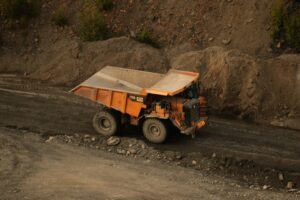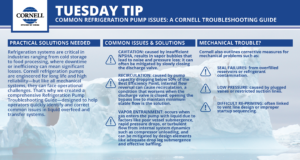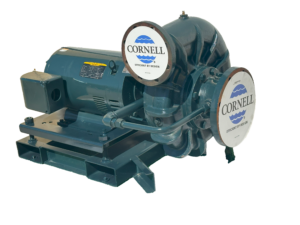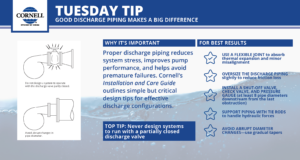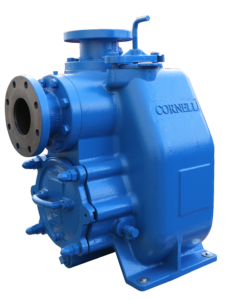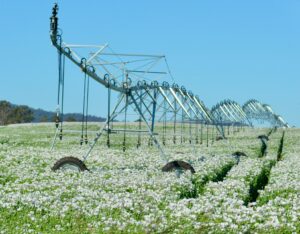Pumpline Blog
Stay up-to-date with the latest from Cornell.
Cutters vs. Choppers: Choosing the Right Impeller for Modern Wastewater Challenges
As wastewater compositions evolve—with flushable wipes, fibrous materials, and grease-laden...
Read MoreThe Crucial Role of Metallurgy in Mining: Combatting Wear and Corrosion
In the world of mining, few factors impact equipment performance...
Read MoreSolving the Most Common Refrigeration Pump Issues: A Cornell Troubleshooting Guide
Practical Solutions for Liquid Overfeed and Transfer Pump Applications
Read MoreThe RPM2™ Seeker Provides Satellite Tracking for Critical Assets
In industries like construction, mining, oil and gas, and agriculture,...
Read MoreCornell Pump Holiday Closure – Independence Day
In observance of Independence Day, Cornell Pump will be closed...
Read MoreIntroducing the FlexiBase™: Faster Installs, Smarter Support for Agricultural Pumps
When it comes to agricultural pumping systems, speed and ease...
Read MoreTuesday Tip: Good Discharge Piping Makes a Big Difference
Recently, we shared best practices for suction piping. This week,...
Read MoreCornell STX Self-Priming Pumps—Truly Efficient by Design
When selecting a self-priming pump, it’s easy to focus on...
Read MoreSizing a Pump for Drip Irrigation: A Practical Guide from the Field
By Ryan Hergenroder, Regional Manager – Southwest Agriculture, Cornell Pump...
Read MoreKEEP UP WITH THE LATEST NEWS
Subscribe today to keep up with all of Cornell Pump's news.


